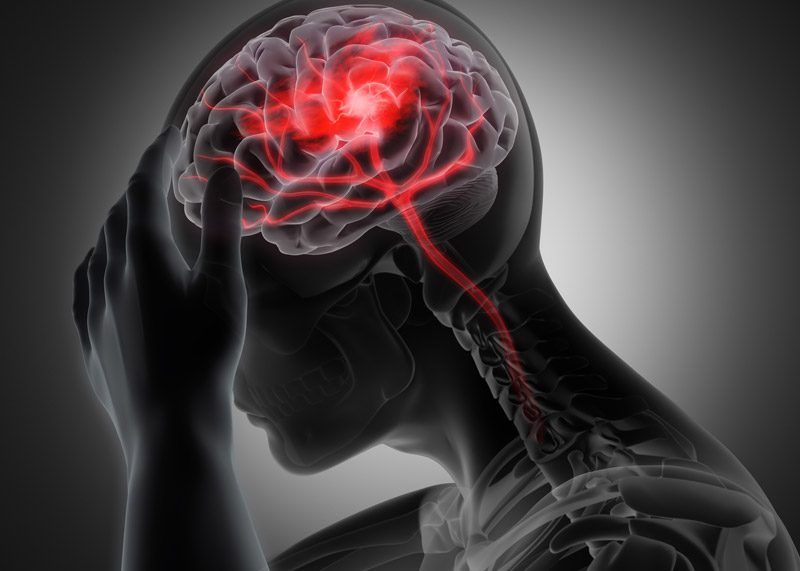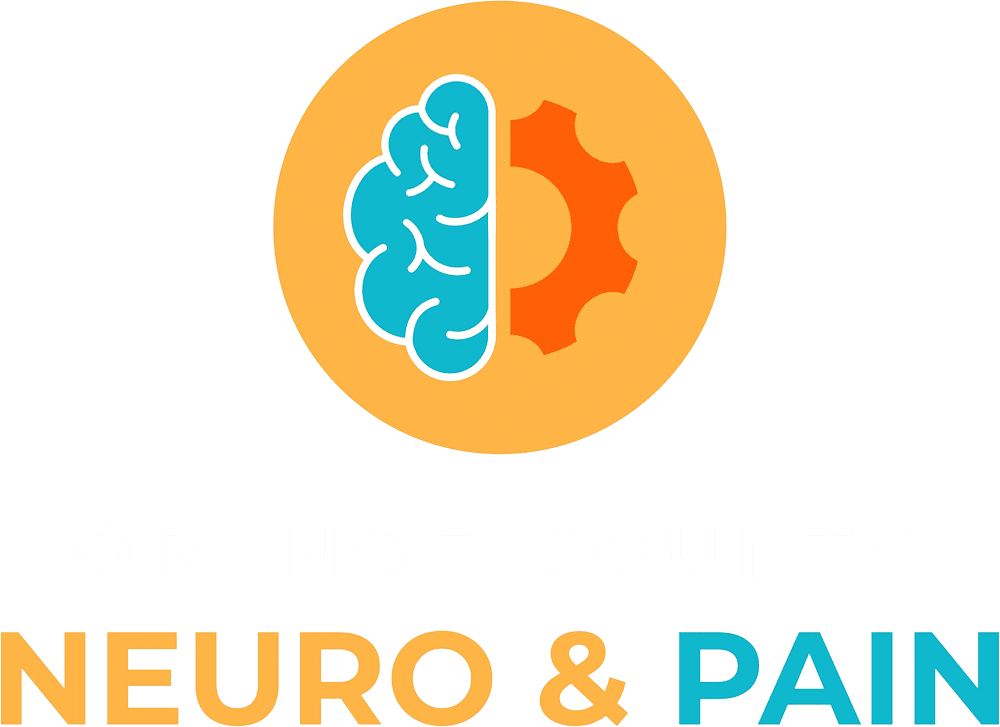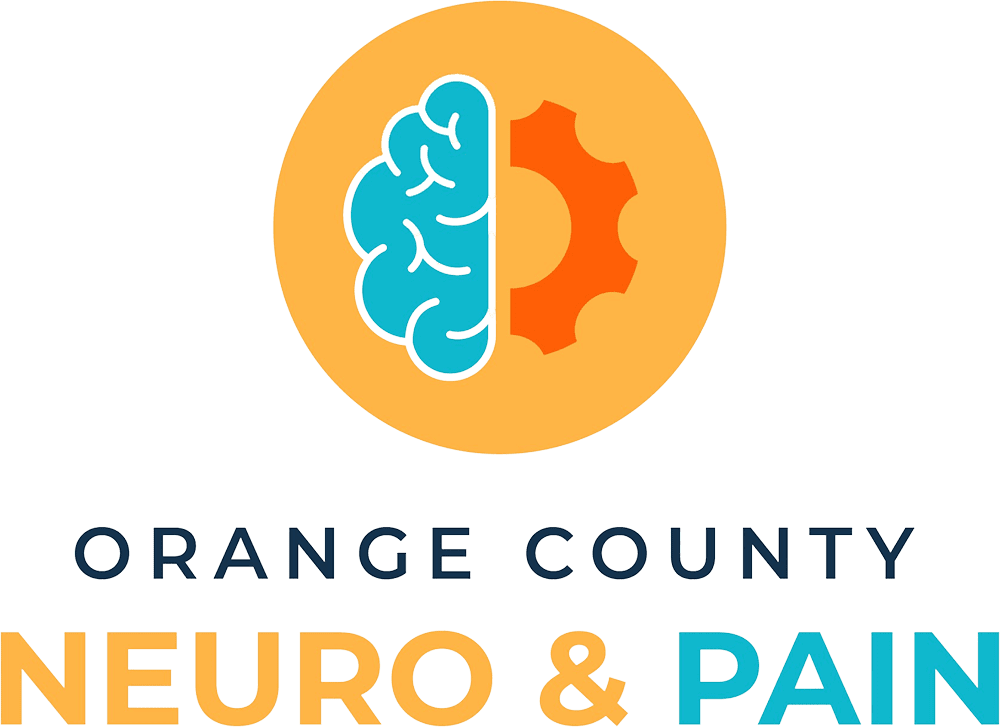

Headaches plague most people every now and then, but some people suffer from chronic and severe headaches, requiring treatment. In some cases, headaches can indicate a serious underlying condition.
Types of Headaches
Though there are more than 150 types of headaches, all of them fall into two categories: primary and secondary.
Primary headaches are caused by dysfunction or over-activity of pain-sensitive features in the head. These headaches are not a symptom of or caused by underlying medical conditions. Primary headaches include:
- Migraine headaches
- Tension-type headaches
- Cluster headaches
- New daily persistent headaches (NDPH)
In some cases, primary headaches can be triggered by the following lifestyle factors:
- Alcohol
- Processed meats that contain nitrates
- Nicotine
- Changes in sleep or lack of sleep
- Poor posture
- Skipped meals
- Exercise or physical activity
- Coughing, sneezing, blowing your nose, straining, or laughing or crying vigorously

Secondary headaches are caused by an underlying medical condition and are considered a symptom or indicator of an illness. A few types of secondary headaches include dehydration headache, sinus headaches, and medication overuse headaches.
A spinal headache and thunderclap headache are signs of potentially life-threatening conditions requiring medical treatment.
When to Seek Medical Care
The following symptoms necessitate immediate medical attention:
- Sudden, new, and severe headache
- Headache accompanied by fever, stiff neck, rash, or shortness of breath
- Headache that occurs after an accident or head injury
- A new type of headache that arises after age 55
Patients who experience a headache along with the following neurological symptoms should also seek medical attention:
- Weakness
- Dizziness
- Paralysis
- Numbness or tingling
- Sudden loss of balance or falling
- Seizures
- Mental confusion
- Speech difficulties
- Personality changes or inappropriate behavior
- Vision changes, such as blurry vision, double vision, or blind spots
Diagnosing Headaches
During a consultation with Dr. Alireza Bozorgi, the patient will undergo a physical examination, answer questions about their medical history, and describe their symptoms. The doctor will need to know when the headache started, the symptoms that occur alongside headaches, and family history of headaches. Using this information, Dr. Bozorgi will look for signs and symptoms of an underlying illness that may be causing the headache.
Treatment For Headaches
It’s important to understand what triggers a headache before formulating a treatment plan. Once the triggers are identified, Dr. Bozorgi will use a multidisciplinary approach to identify treatments that will ease symptoms and stop the headaches. Treatment options may include stress management, biofeedback, medications, and treatment of the underlying medical condition or cause.
Stress management may involve relaxation techniques such as deep breathing, muscle relaxation, and music to ease tension. Patients who undergo biofeedback learn how to recognize when tension is building up in the body. During this treatment, sensors are connected to the body and track involuntary physical responses to headaches, such as pulse, breathing rate, heart rate, temperature, muscle tension, and brain activity.
Headaches may also be treated with medication such as triptans and over-the-counter pain relievers. Patients with migraines may need to take drugs to address seizures, high blood pressure, and depression.
It may take some time to identify the right mix of treatments to fully address a headache.

